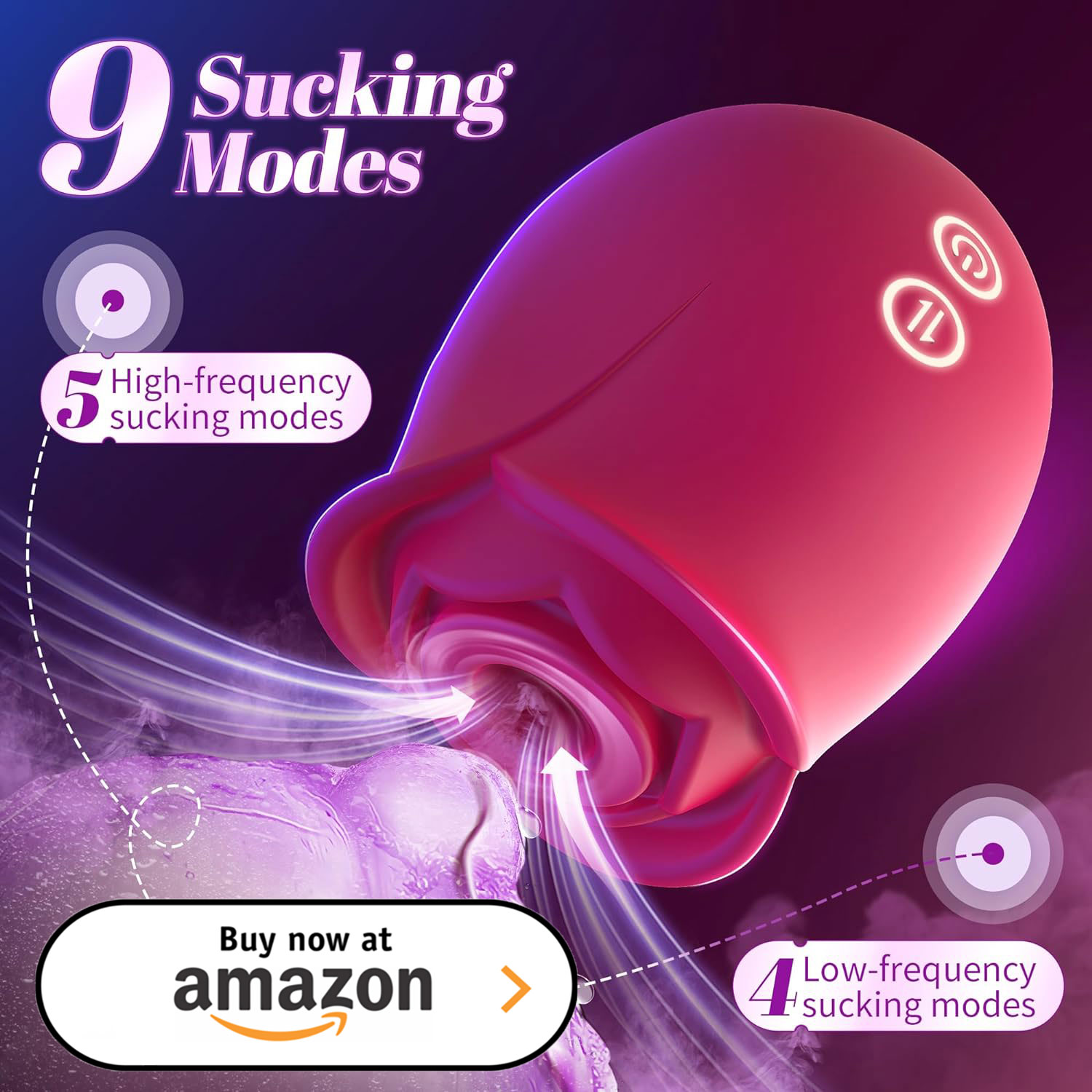How does the material of the vibrator affect your choice?
The material of a vibrator significantly influences the overall experience of using it, impacting factors such as safety, comfort, sensation, durability, and maintenance. Users often have specific preferences based on their personal experiences, desires, and sensitivities. Here’s a comprehensive exploration of how different materials affect the choice of a vibrator, focusing on the pros and cons of various materials, as well as considerations for safety and maintenance.
1. Common Materials Used in Vibrators
Silicone
- Overview: Silicone is a widely popular material for vibrators due to its body-safe qualities and soft, smooth texture. It is non-porous, hypoallergenic, and often feels comfortable against the skin.
- Pros:
- Body-Safe: Silicone is typically free from harmful chemicals like phthalates and is non-toxic, making it a safe choice for intimate use.
- Ease of Cleaning: Silicone vibrators are usually easy to clean with soap and water or can be sterilized in boiling water, ensuring hygiene.
- Variety of Textures: Silicone can be manufactured in various textures, providing different sensations during use.
- Cons:
- Cost: High-quality silicone toys can be more expensive than those made from other materials.
- Compatibility with Lubricants: Silicone-based lubricants can degrade silicone materials, so users typically need to stick with water-based lubes.
TPE (Thermoplastic Elastomer)
- Overview: TPE is a soft, flexible material often used in budget-friendly sex toys. It is porous and less durable than silicone.
- Pros:
- Soft and Flexible: TPE vibrators are often very soft and comfortable, providing a realistic feel.
- Cost-Effective: Generally more affordable than silicone, making it a popular choice for beginners or those looking for variety without a significant investment.
- Cons:
- Porosity: TPE is porous, meaning it can harbor bacteria and cannot be fully sterilized. Proper cleaning and maintenance are crucial.
- Durability: TPE toys may wear out or degrade faster than silicone, particularly with regular use.
Glass
- Overview: Glass vibrators are made from tempered glass, offering a unique aesthetic and a variety of shapes. They are non-porous and can be heated or cooled for temperature play.
- Pros:
- Non-Porous: Glass is completely non-porous, making it easy to clean and sterilize.
- Durable and Long-Lasting: Glass toys are generally very durable and can last for many years with proper care.
- Versatile: Glass can be used for temperature play, as users can warm it up or cool it down for varied sensations.
- Cons:
- Risk of Breakage: Glass can break if dropped or mishandled, which may deter some users.
- Weight: Glass vibrators can be heavier than those made from softer materials, which might affect maneuverability.
Metal
- Overview: Metal vibrators are made from stainless steel or aluminum, offering a sleek and modern look. Like glass, they are non-porous and suitable for temperature play.
- Pros:
- Durable: Metal is extremely durable and can last a lifetime with proper care.
- Non-Porous and Easy to Clean: Metal can be easily sanitized and does not harbor bacteria.
- Temperature Play: Metal can be heated or cooled, providing unique sensations during use.
- Cons:
- Weight: Metal vibrators are usually heavier, which can be a drawback for some users.
- Cold Sensation: Some users may find the coldness of metal uncomfortable, especially during initial contact.
2. User Considerations
Sensitivity and Allergies
- Skin Sensitivity: Individuals with sensitive skin may prefer hypoallergenic materials like silicone or glass to avoid irritation. TPE, while soft, may cause reactions in some users due to its chemical composition.
- Allergies: Users with specific allergies should choose materials carefully. Silicone is often recommended for those with latex allergies, while glass and metal are also safe options.
Comfort and Sensation
- Feel and Texture: Different materials offer varying sensations. Silicone provides a soft, flexible feel, while glass and metal offer a firmer experience. Users might prefer one material over another based on how it feels during use.
- Temperature Sensitivity: Users interested in temperature play may prefer glass or metal due to their ability to hold temperature, while silicone can also be warmed up but does not retain heat as effectively.
3. Maintenance and Cleaning
Cleaning Requirements
- Silicone: Easy to clean with soap and water or can be boiled for sterilization. Users must avoid silicone-based lubes.
- TPE: Requires careful cleaning due to its porous nature. It cannot be fully sterilized, so it should not be shared between partners without thorough cleaning.
- Glass and Metal: Both can be sterilized and are easy to clean, making them excellent choices for hygiene-conscious users.
Longevity
- Durability: Silicone, glass, and metal typically have longer lifespans compared to TPE, which may wear out or lose texture over time. Users looking for long-lasting options might prioritize these materials.
4. Conclusion
The material of a vibrator plays a pivotal role in user choice, influencing safety, comfort, sensation, durability, and maintenance. Understanding the characteristics of each material helps users make informed decisions based on their preferences, sensitivities, and desired experiences.
Ultimately, the best vibrator is one that aligns with the user’s individual needs, offering both pleasure and peace of mind regarding safety and hygiene. As technology and materials continue to evolve, users are presented with a wealth of options to enhance their intimate experiences while prioritizing their health and comfort.

